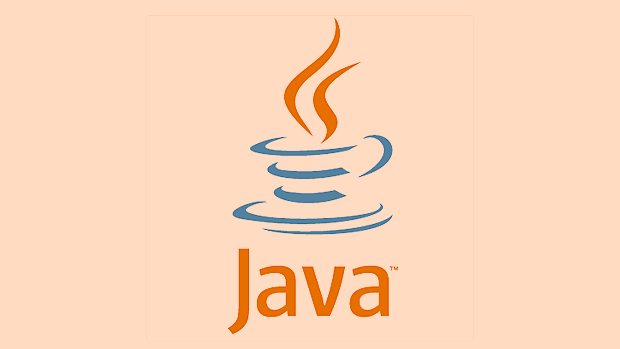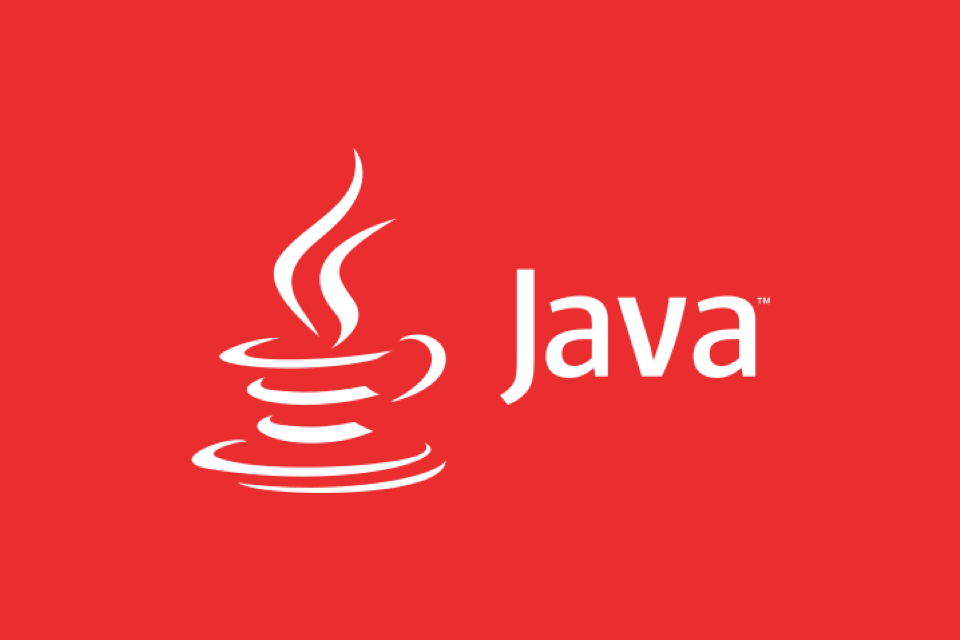volatile is used in Java to ensure the visibility of variables between multiple threads. Its core role is to prohibit the JVM from local cache of variables and force read and write to directly interact with the main memory. Specifically: 1. volatile prevents CPU cache optimization to ensure that every read is retrieved from the main memory and refreshes to the main memory immediately after each write; 2. It is suitable for state flags, simple state switching, and shared variable scenarios with more reads and fewer reads; 3. However, it cannot guarantee atomicity, such as compound operations (count) still require other synchronization mechanisms; 4. Its internal implementation prevents instructions from reordering and establishes memory barriers through happens-before rules; 5. It does not provide mutex lock functions, and needs to be used with synchronized or ReentrantLock. Therefore, volatile only solves the visibility problem and does not replace the complete synchronization tool.

The volatile keyword in Java is used to indicate that a variable's value may be modified by different threads. When a variable is declared as volatile , it tells the Java Virtual Machine (JVM) not to cache the variable locally and instead always read it from or write it directly to main memory, ensuring visibility across threads.

Visibility Issues Without volatile
In a multi-threaded environment, each thread can have its own copy of variables in CPU caches for performance reasons. This means if one thread updates a variable, another thread might not immediately see that change — or might not see it at all — unless some synchronization mechanism is in place.
Without volatile , there's no guarantee about when threads will refresh their local copies from main memory. As a result:

- One thread could be working with outdated data.
- Changes made by one thread might not be visible to others.
Declaring a variable as volatile solves this by forcing reads and writes to go directly to main memory, making sure every thread sees the most up-to-date value.
When to Use volatile
You should use volatile in specific situations where you need visibility but don't require atomicity. For example:

- Status flags : Like a
shutdownRequestedflag that one thread sets and another checks periodically. - Simple state changes : Such as switching between modes in an application.
- Read-heavy shared variables : Where many threads are reading a value and only one updates it.
But keep in mind:
-
volatiledoesn't make compound operations atomic. For example, increasing a counter (count) involves reading, modifying, and writing — which isn't thread-safe even withvolatile. - It's often used alongside other concurrency tools like
synchronizedblocks or classes fromjava.util.concurrent.
How volatile Works Internationally
When you declare a variable as volatile , the JVM applies special rules:
- On write: The value is immediately flushed back to main memory.
- On read: The value is always fetched from main memory, not from local thread cache.
- It also enforces a happens-before relationship, meaning reads and writes around the
volatileaccess are not reordered by the compiler or processor in a way that breaks visibility guarantees.
This internal enforcement ensures that any thread reading a volatile variable will see the latest change made by any other thread.
Limitations of volatile
Although its usefulness, volatile has clear limits:
- It doesn't help with atomicity. If two threads try to update a
volatile int counterat the same time, you can still get race conditions. - It doesn't provide mutual exclusivity. So if you need exclusive access to a resource, you'll need something else like
synchronizedorReentrantLock.
So while volatile is useful for simple cases, it's not a replacement for full synchronization mechanisms.
That's basically what volatile does in Java — it helps with visibility across threads but leaves atomicity and locking to other tools.
The above is the detailed content of What is the volatile keyword in Java?. For more information, please follow other related articles on the PHP Chinese website!

Hot AI Tools

Undress AI Tool
Undress images for free

Undresser.AI Undress
AI-powered app for creating realistic nude photos

AI Clothes Remover
Online AI tool for removing clothes from photos.

Clothoff.io
AI clothes remover

Video Face Swap
Swap faces in any video effortlessly with our completely free AI face swap tool!

Hot Article

Hot Tools

Notepad++7.3.1
Easy-to-use and free code editor

SublimeText3 Chinese version
Chinese version, very easy to use

Zend Studio 13.0.1
Powerful PHP integrated development environment

Dreamweaver CS6
Visual web development tools

SublimeText3 Mac version
God-level code editing software (SublimeText3)

Hot Topics
 What is the `enum` type in Java?
Jul 02, 2025 am 01:31 AM
What is the `enum` type in Java?
Jul 02, 2025 am 01:31 AM
Enums in Java are special classes that represent fixed number of constant values. 1. Use the enum keyword definition; 2. Each enum value is a public static final instance of the enum type; 3. It can include fields, constructors and methods to add behavior to each constant; 4. It can be used in switch statements, supports direct comparison, and provides built-in methods such as name(), ordinal(), values() and valueOf(); 5. Enumeration can improve the type safety, readability and flexibility of the code, and is suitable for limited collection scenarios such as status codes, colors or week.
 What is the interface segregation principle?
Jul 02, 2025 am 01:24 AM
What is the interface segregation principle?
Jul 02, 2025 am 01:24 AM
Interface Isolation Principle (ISP) requires that clients not rely on unused interfaces. The core is to replace large and complete interfaces with multiple small and refined interfaces. Violations of this principle include: an unimplemented exception was thrown when the class implements an interface, a large number of invalid methods are implemented, and irrelevant functions are forcibly classified into the same interface. Application methods include: dividing interfaces according to common methods, using split interfaces according to clients, and using combinations instead of multi-interface implementations if necessary. For example, split the Machine interfaces containing printing, scanning, and fax methods into Printer, Scanner, and FaxMachine. Rules can be relaxed appropriately when using all methods on small projects or all clients.
 Asynchronous Programming Techniques in Modern Java
Jul 07, 2025 am 02:24 AM
Asynchronous Programming Techniques in Modern Java
Jul 07, 2025 am 02:24 AM
Java supports asynchronous programming including the use of CompletableFuture, responsive streams (such as ProjectReactor), and virtual threads in Java19. 1.CompletableFuture improves code readability and maintenance through chain calls, and supports task orchestration and exception handling; 2. ProjectReactor provides Mono and Flux types to implement responsive programming, with backpressure mechanism and rich operators; 3. Virtual threads reduce concurrency costs, are suitable for I/O-intensive tasks, and are lighter and easier to expand than traditional platform threads. Each method has applicable scenarios, and appropriate tools should be selected according to your needs and mixed models should be avoided to maintain simplicity
 Differences Between Callable and Runnable in Java
Jul 04, 2025 am 02:50 AM
Differences Between Callable and Runnable in Java
Jul 04, 2025 am 02:50 AM
There are three main differences between Callable and Runnable in Java. First, the callable method can return the result, suitable for tasks that need to return values, such as Callable; while the run() method of Runnable has no return value, suitable for tasks that do not need to return, such as logging. Second, Callable allows to throw checked exceptions to facilitate error transmission; while Runnable must handle exceptions internally. Third, Runnable can be directly passed to Thread or ExecutorService, while Callable can only be submitted to ExecutorService and returns the Future object to
 Best Practices for Using Enums in Java
Jul 07, 2025 am 02:35 AM
Best Practices for Using Enums in Java
Jul 07, 2025 am 02:35 AM
In Java, enums are suitable for representing fixed constant sets. Best practices include: 1. Use enum to represent fixed state or options to improve type safety and readability; 2. Add properties and methods to enums to enhance flexibility, such as defining fields, constructors, helper methods, etc.; 3. Use EnumMap and EnumSet to improve performance and type safety because they are more efficient based on arrays; 4. Avoid abuse of enums, such as dynamic values, frequent changes or complex logic scenarios, which should be replaced by other methods. Correct use of enum can improve code quality and reduce errors, but you need to pay attention to its applicable boundaries.
 Understanding Java NIO and Its Advantages
Jul 08, 2025 am 02:55 AM
Understanding Java NIO and Its Advantages
Jul 08, 2025 am 02:55 AM
JavaNIO is a new IOAPI introduced by Java 1.4. 1) is aimed at buffers and channels, 2) contains Buffer, Channel and Selector core components, 3) supports non-blocking mode, and 4) handles concurrent connections more efficiently than traditional IO. Its advantages are reflected in: 1) Non-blocking IO reduces thread overhead, 2) Buffer improves data transmission efficiency, 3) Selector realizes multiplexing, and 4) Memory mapping speeds up file reading and writing. Note when using: 1) The flip/clear operation of the Buffer is easy to be confused, 2) Incomplete data needs to be processed manually without blocking, 3) Selector registration must be canceled in time, 4) NIO is not suitable for all scenarios.
 How Java ClassLoaders Work Internally
Jul 06, 2025 am 02:53 AM
How Java ClassLoaders Work Internally
Jul 06, 2025 am 02:53 AM
Java's class loading mechanism is implemented through ClassLoader, and its core workflow is divided into three stages: loading, linking and initialization. During the loading phase, ClassLoader dynamically reads the bytecode of the class and creates Class objects; links include verifying the correctness of the class, allocating memory to static variables, and parsing symbol references; initialization performs static code blocks and static variable assignments. Class loading adopts the parent delegation model, and prioritizes the parent class loader to find classes, and try Bootstrap, Extension, and ApplicationClassLoader in turn to ensure that the core class library is safe and avoids duplicate loading. Developers can customize ClassLoader, such as URLClassL
 Exploring Different Synchronization Mechanisms in Java
Jul 04, 2025 am 02:53 AM
Exploring Different Synchronization Mechanisms in Java
Jul 04, 2025 am 02:53 AM
Javaprovidesmultiplesynchronizationtoolsforthreadsafety.1.synchronizedblocksensuremutualexclusionbylockingmethodsorspecificcodesections.2.ReentrantLockoffersadvancedcontrol,includingtryLockandfairnesspolicies.3.Conditionvariablesallowthreadstowaitfor






